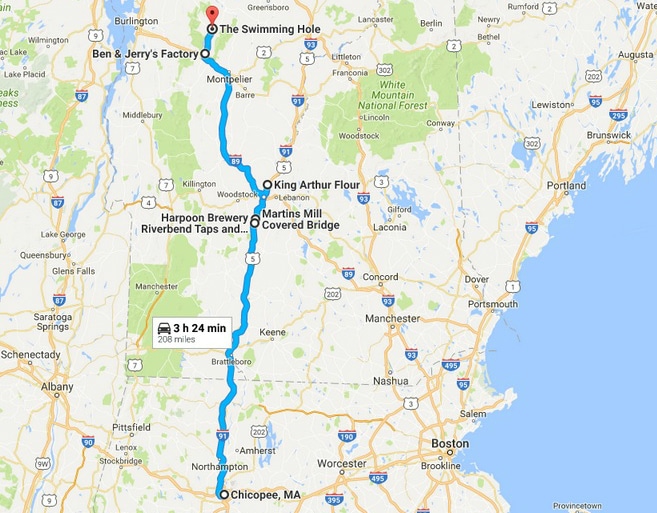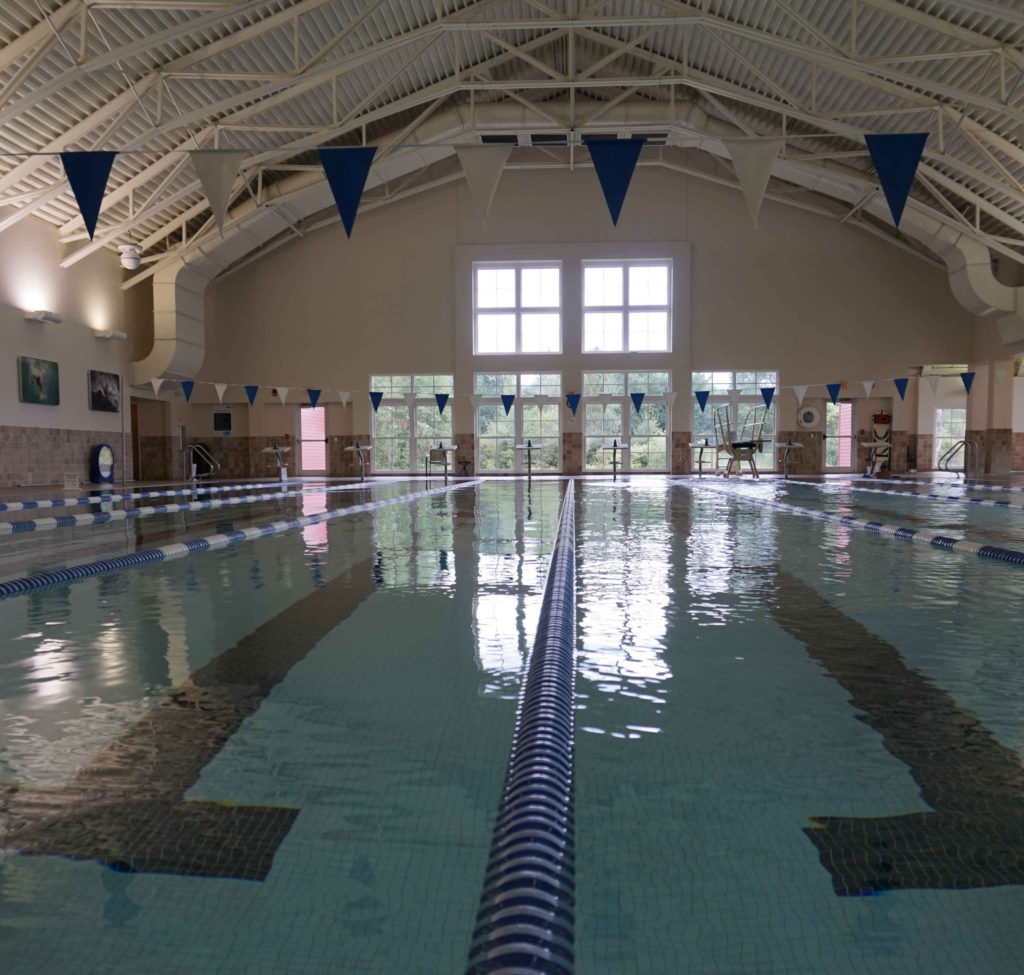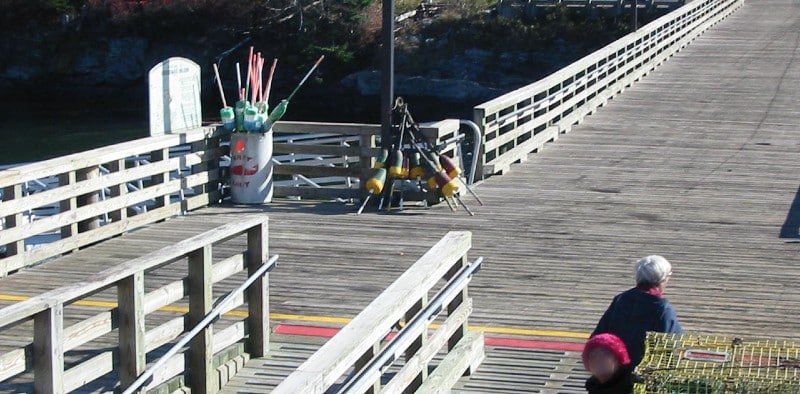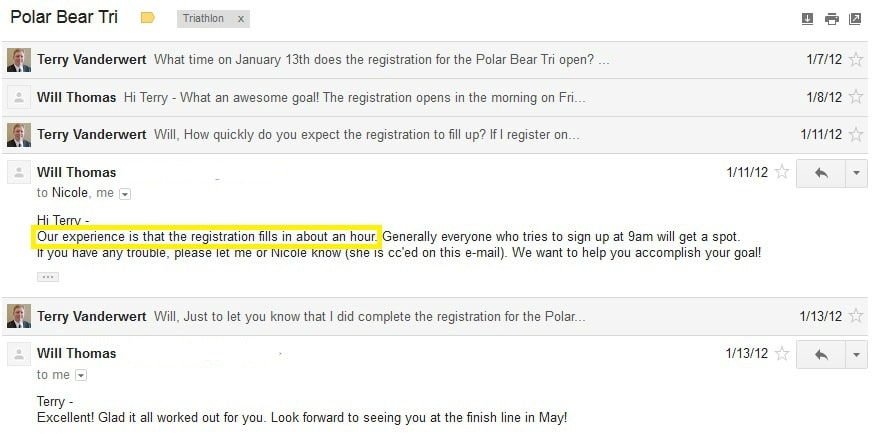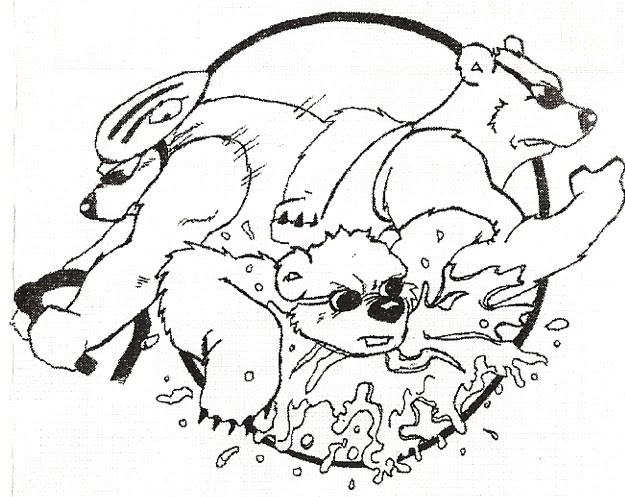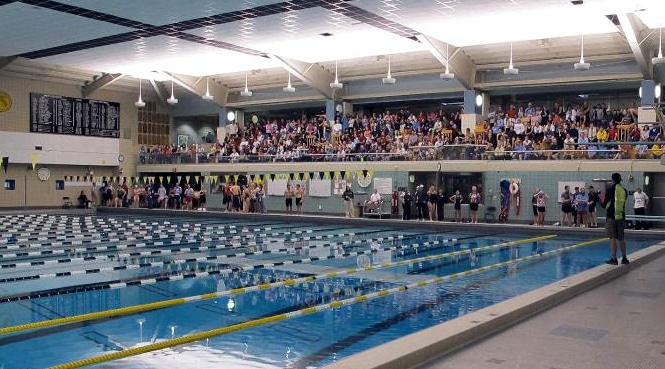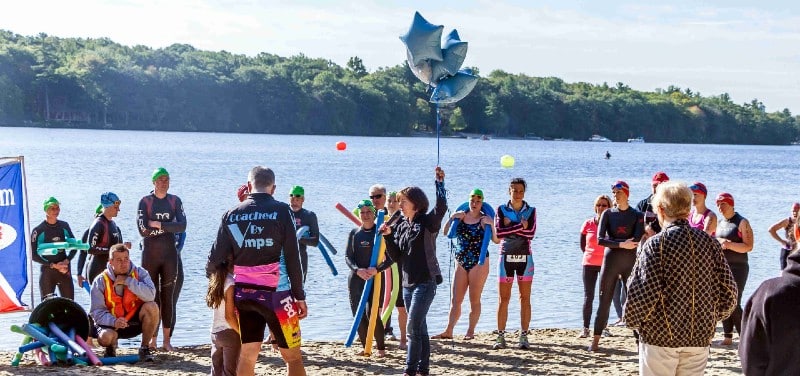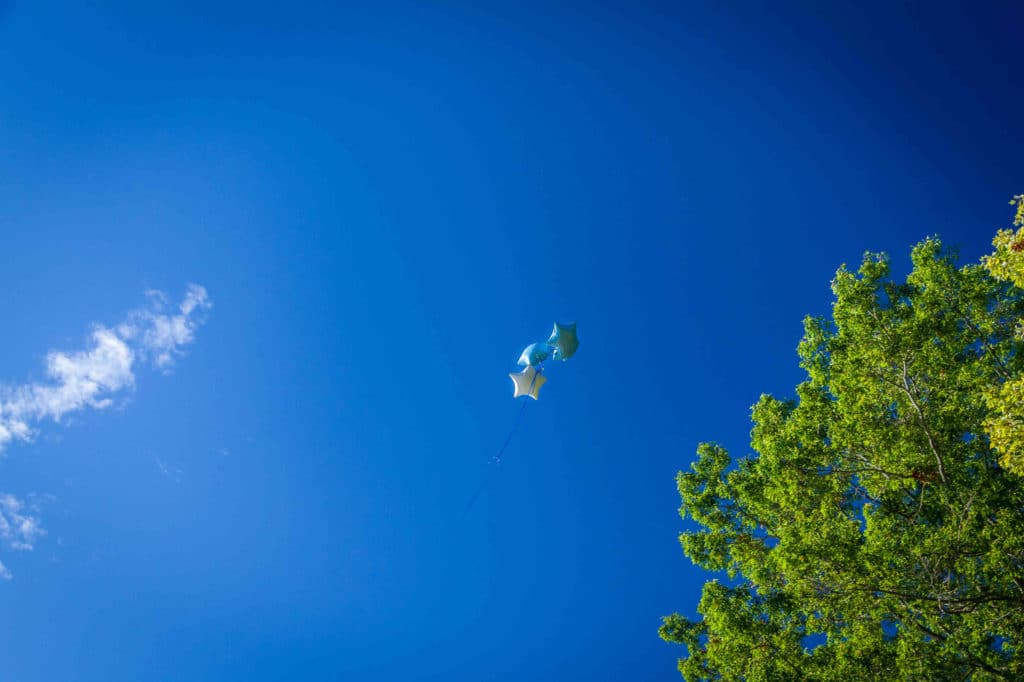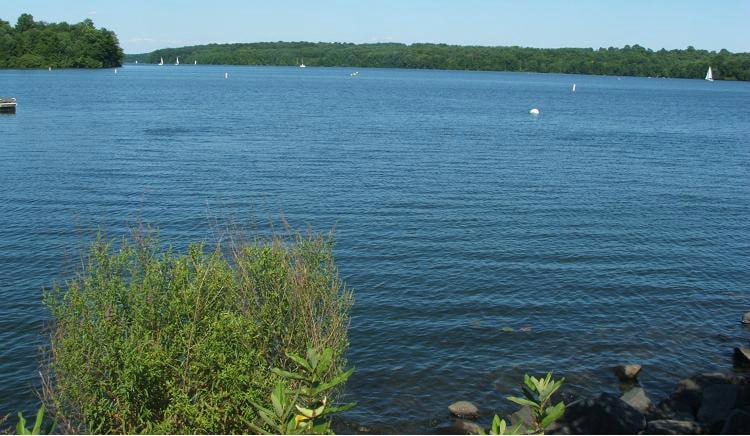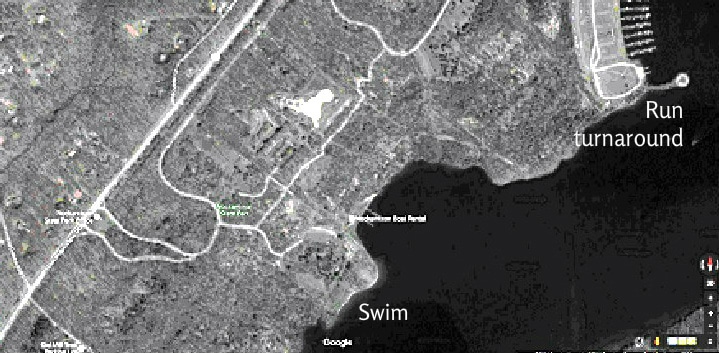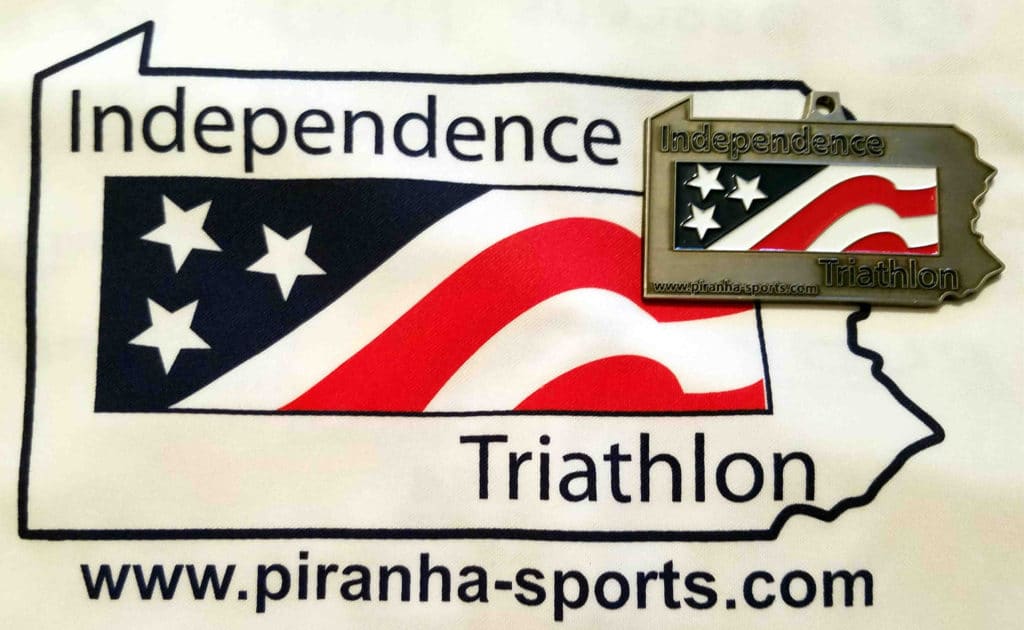Triathlon Across the USA: State #6 – Vermont
Stowe, Vermont; May 20, 2012 – Stowe Triathlon, The Swimming Hole.
As I am updating this post for the next issue of the Senior Triathletes Highlights newsletter, Joy and I are watching “Always and Forever Christmas”. This movie on the Lifetime channel is set in Stowe, Vermont. Seeing the area, brought back fond memories of this beautiful part of the country and its warm people.
Planning the Vermont Triathlon
I registered for The Stowe Triathlon in Stowe, Vermont primarily because of its timing early in the season. To complete triathlons in the remaining New England states within 2012, I needed to find two or three races in the spring. My ‘go-to’ source for finding races, Running In the USA, showed that the Stowe event was scheduled for two weeks after the Polar Bear Triathlon in Brunswick, Maine.
Getting to the Stowe Triathlon
Joy and I left our house in Chicopee, Massachusetts, on Saturday morning. The trip between Chicopee and Stowe, Vermont, took a lot longer than the maps show. Why? There were so many places along the way to explore: Harpoon Brewery, Martins Hill Covered Bridge, King Arthur Flour, and Ben & Jerry’s Ice Cream, to name a few.
We eventually arrived in Stowe in the late afternoon. After a quick tour of Stowe, we checked into the Town & Country Resort. I had chosen The Town & Country primarily because it was both economical and within walking distance (1/2 mile) of The Swimming Hole.
After checking in, we drove the bike course and ate an early dinner at O’Grady’s Pub. The rest of the evening involved inflating bike tires, preparing pre-race and race drinks, and setting out the gear to be used in the morning.
12th Stowe Triathlon
The Swimming Hole, a non-profit fitness center and pool, was headquarters for the 12th Annual Stowe Triathlon.
Founded in 2001, the Swimming Hole serves the community in and around Stowe. According to the website, “Small town life has its advantages, but a facility like this isn’t usually one of them.”
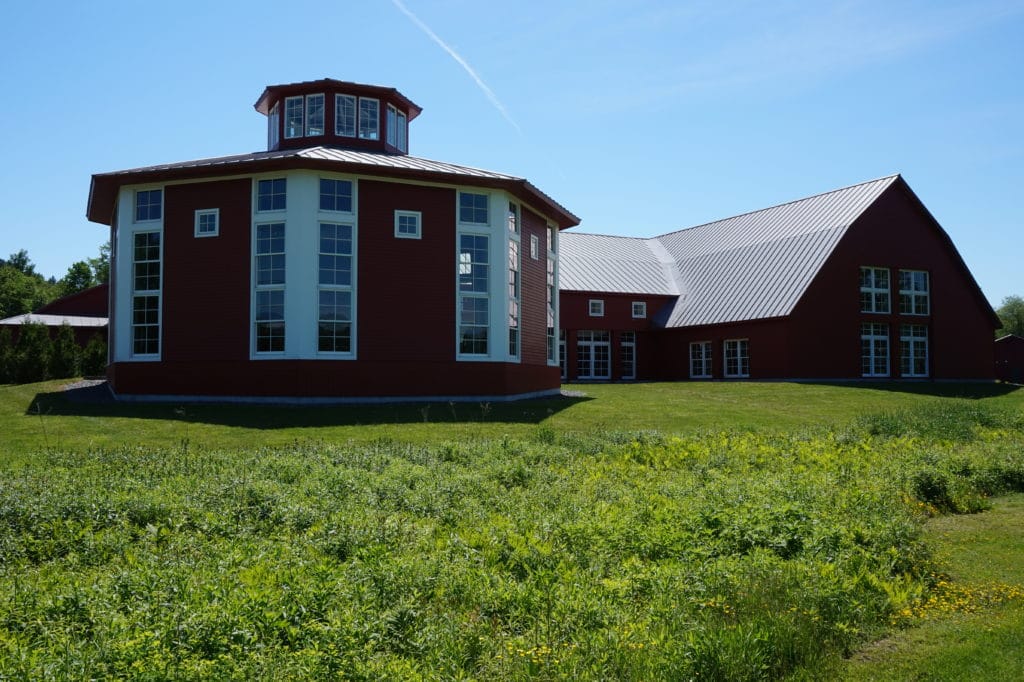
Having stayed within a half-mile of The Swimming Hole, I rode my bike to the race venue, arriving at the same time as the race event staff. Needless to say, I had my pick of the transition spots even though this would not be important for this small, pursuit-style triathlon.
Joy was also happy that she could sleep in and take her time getting ready for the day.
Distances for the individual legs of this sprint triathlon were:
- Swim: 500 m (0.3 miles)
- Bike: 14 mile (22.5 km)
- Run: 5 km (3.1 km)
I approached the race with two physical problems in the days before the race – lower back spasms and a sore left knee.
Swim
Each person swam the required ten laps in the 8-lane, 25-meter long pool inside The Swimming Hole. Swimmers started with others who shared the same estimated time for completing the 500 meters.
Just before the last length (after the eighteenth length), a volunteer put a bright orange “Last Lap” sign into the water to let us know that we had one more lap to go. At the end of the swim, the volunteer marked our swim time on our left hand.
Racers then prepared for the bike leg and waited in the transition area until all swimmers had finished.
Bike
Once all racers were ready, the race director started a large digital clock at the exit of the transition area. Each racer left the transition area on the bike course as the clock displayed their swim time written on their hand.
The bike course followed public roads, initially toward the downtown area. The course headed through the southern end of the downtown area and southward out of town. Cars and bikes raced side-by-side through the town. I know this because this is the only triathlon in which a car driver has honked his horn at me because I cut him off after I passed him along the side of the road. (Disclosure: I may have been guilty of not following all the rules of the road.)
The course turned onto the much less congested Moscow Road that took us past small farms. We proceeded along this road until the pavement ended.
At this point, we turned around and returned on the same road. Part of the way back, we turned left onto Barrows Road, which eventually led us into the west end of Stowe and back to the transition area.
Except for a relatively steep hill on a section of Barrows Road, the course was flat and fast. I knew that the swim had been longer than expected because of my back pain. I also expected my sore knee to slow my run. As a result, I gave my all on the bike leg.
My bike split turned out to be the fastest in my masters triathlon age group (50-54) and ninth-fastest time among the 53 racers.
Run
The ‘out-and-back’ (run to a point, then turnaround and return along the original path to the finish line) run followed the Stowe recreation path.
As anticipated, the run was hard because of a sore knee. Fortunately, the injury healed before the next race two weeks later.
Getting Back Home
After a quick shower and some stretching at the Town & Country, we headed back to our Chicopee, Massachusetts, home.
We made the trip back directly, with no sightseeing stops. We dropped off the triathlon gear in Chicopee and headed to Bradley Airport, Windsor Locks, Connecticut, for a flight to Minneapolis. We would be back for the Connecticut triathlon in two weeks.
State #6 was, as they say, ‘in the books’.
Race Firsts
- First triathlon without a timing chip for recording times of the three legs and two transitions. For this race, there was only one transition.
- First triathlon in which I raced while injured (lower back, right knee).
- This was my first triathlon with a ‘pursuit style’ start. With this type of race, there is no T1 (transition from swim to bike) time.
Questions and Comments About the Vermont Triathlon
Tell us about a triathlon you have done in Vermont in the Comments section below.
Comments: Please note that I review all comments before they are posted. You will be notified by email when your comment is approved. Even if you do not submit a comment, you may subscribe to be notified when a comment is published.


